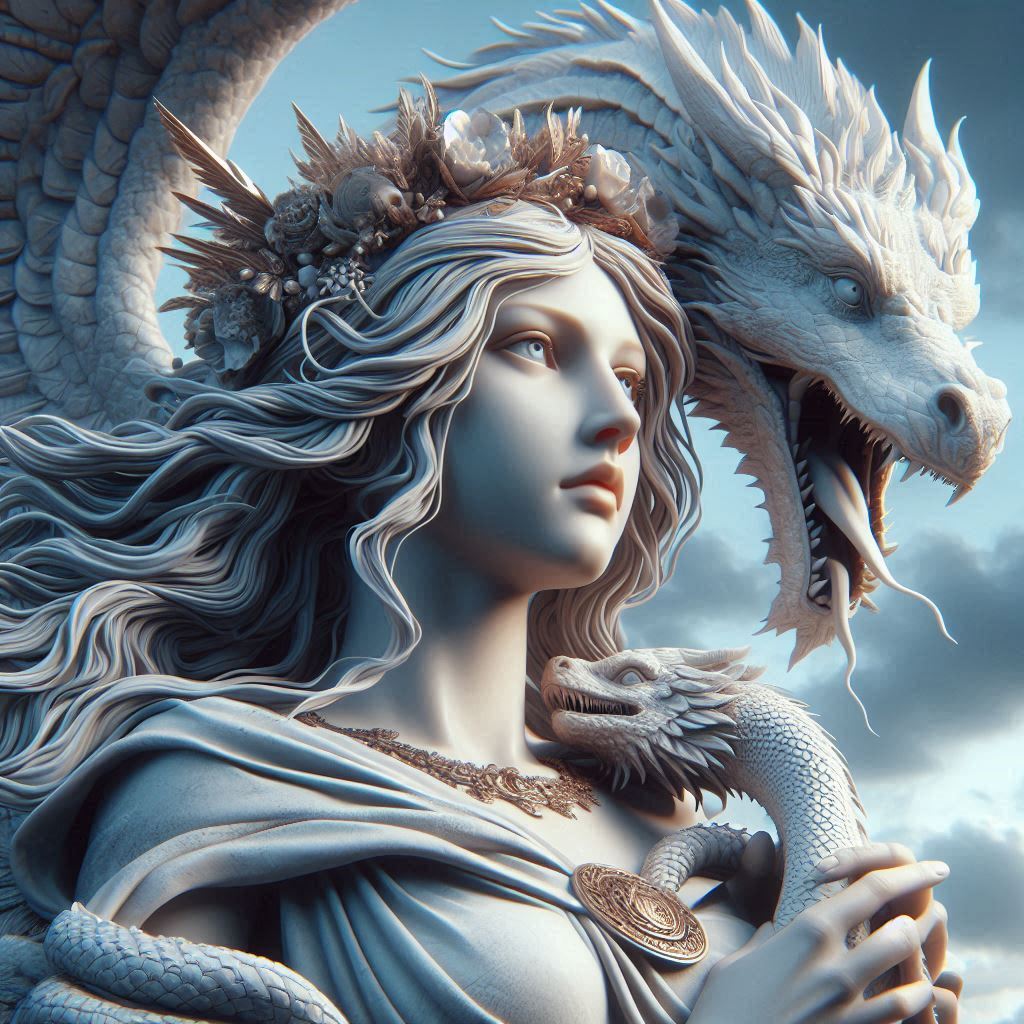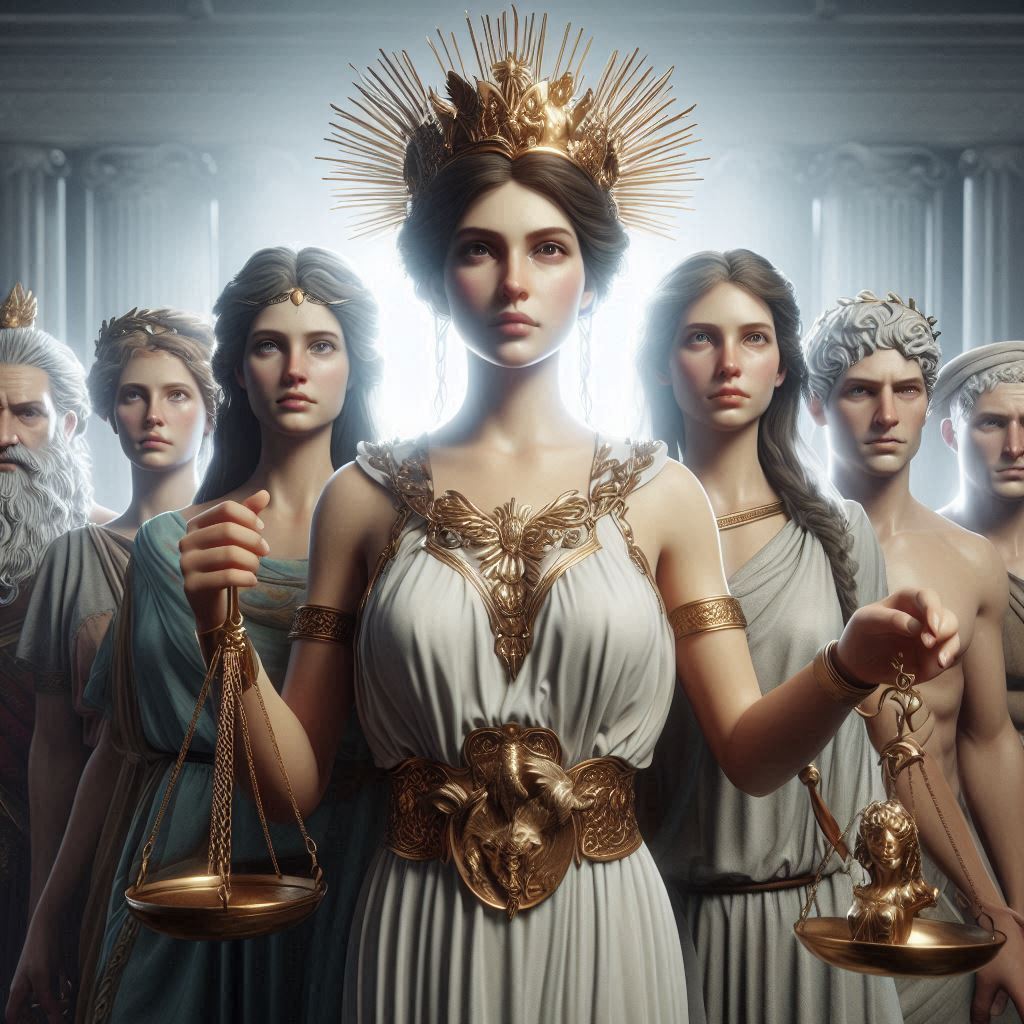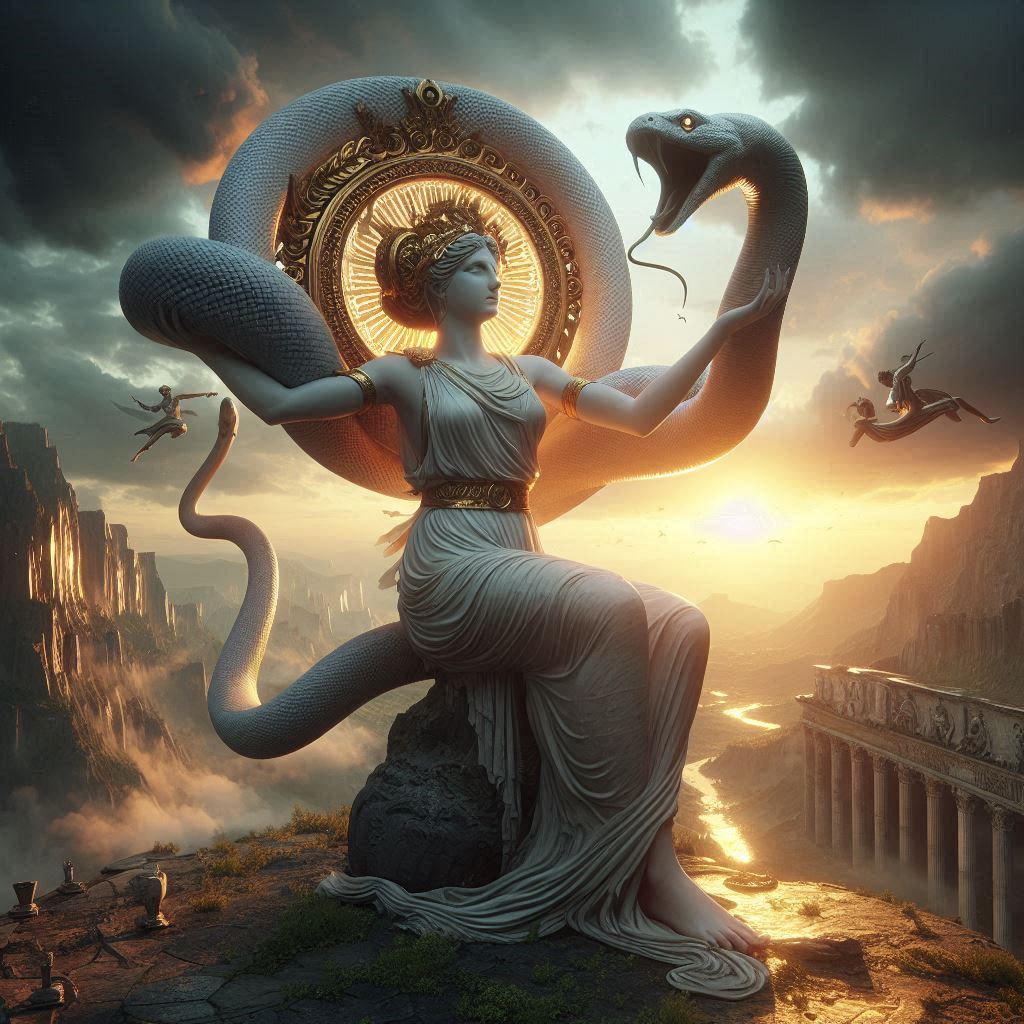Table of Contents
The Writing of Leonardo da Vinci: A Mirror to His Genius
The Writing of Leonardo da Vinci: A Mirror to His Genius. Leonardo da Vinci (1452–1519) is celebrated as one of history’s greatest polymaths—an artist, scientist, engineer, and inventor whose works continue to fascinate scholars. However, an often-overlooked aspect of his genius is his writing. Leonardo’s notebooks, filled with sketches, scientific observations, and personal musings, reveal not only his intellectual depth but also his distinctive writing style, including his famous mirror script. This essay explores the peculiarities of Leonardo’s writing, the possible reasons behind his mirror writing, and the enduring significance of his manuscripts.

The Nature of Leonardo’s Writing
Leonardo’s writings were primarily contained in thousands of notebook pages, only a fraction of which survive today. These notes covered a vast range of subjects, from anatomy and flight mechanics to painting techniques and philosophical reflections. Unlike formal treatises, his writings were often disorganized, fragmented, and highly personal, suggesting they were meant for his own reference rather than public dissemination.
One of the most striking features of Leonardo’s writing is that much of it was written backward, from right to left, in what is known as mirror writing. This peculiar style has led to much speculation:
- Possible Reasons for Mirror Writing:
- Left-Handedness: As a left-handed writer, Leonardo may have found it easier to write from right to left to avoid smudging ink.
- Secrecy: Some historians suggest he used mirror writing to protect his ideas from prying eyes, though this theory is debated since his notes were not widely circulated.
- Personal Convenience: It may have simply been a natural habit, as mirror writing does not appear in all his manuscripts.
The Content of Leonardo’s Notebooks
Leonardo’s writings were not just textual but also highly visual, blending diagrams with annotations. Some key themes include:
- Scientific Inquiry – His notes on human anatomy (based on dissections) and studies of water flow demonstrate his empirical approach.
- Inventions & Engineering – Designs for flying machines, war engines, and hydraulic systems showcase his innovative mind.
- Artistic Techniques – He recorded observations on light, shadow, and perspective, which influenced Renaissance art.
- Philosophical Reflections – His scattered thoughts on life, knowledge, and nature reveal a deeply curious intellect.
The Legacy of Leonardo’s Writings
Had Leonardo published his findings systematically, he might have revolutionized multiple fields centuries earlier. Instead, his manuscripts were lost, scattered, or unpublished during his lifetime. It was only in later centuries that scholars like Jean-Paul Richter and Carlo Pedretti compiled and decoded his writings, revealing their full brilliance.
Today, his notebooks—such as the Codex Leicester and Codex Atlanticus—are treasured as windows into his mind. They exemplify the Renaissance ideal of uniting art and science, proving that Leonardo’s writing was as revolutionary as his art.
Examples of Leonardo da Vinci’s Writing
1. Mirror Writing
Leonardo’s most famous quirk was his left-handed, backward script, which can only be read clearly when held up to a mirror. Examples include:
- Personal Notes: Many mundane lists (e.g., groceries, expenses) were written in mirror script, suggesting it was habitual rather than secretive.
- The Codex Leicester (now owned by Bill Gates): A collection of scientific musings on water, geology, and astronomy, all in mirror writing.
Deciphered Example (from his notebooks):
“The sun does not move.”
(Original mirror script would appear as:)
“.evoм ʇoп ʇıɥs ɐnʇs ǝɥʇ”
2. Scientific Observations
Leonardo’s notebooks are filled with precise anatomical and natural studies, often accompanied by sketches.
- On Human Anatomy:
“The heart is the seed of the soul, and the vessel which is the home of the vital spirit.”
(From his anatomical studies, where he dissected corpses to understand muscles and organs.)
- On Flight (Codex on the Flight of Birds):
“A bird is an instrument working according to mathematical law… which it is within the capacity of man to reproduce.”
3. Inventive Designs
Leonardo’s engineering sketches were often paired with explanatory notes.
- The “Aerial Screw” (Early Helicopter Concept):
“If this instrument made with a screw be well made, that is to say, made of linen of which the pores are stopped up with starch, it should rise into the air.”
- War Machines (Codex Atlanticus):
“I can make armored cars, safe and unassailable, which will enter the enemy’s ranks with artillery.”
4. Artistic Techniques
His treatise on painting (later compiled as Trattato della Pittura) includes observations like:
“Shadow is the absence of light, and darkness is the absence of illumination. Light is the revealer of all things.”
5. Philosophical & Personal Reflections
Leonardo often jotted down aphorisms and existential thoughts:
- On Knowledge:
“Learning never exhausts the mind.”
- On Life:
“As a well-spent day brings happy sleep, so a life well spent brings happy death.”
Why These Examples Matter
Leonardo’s writings reveal:
- Interdisciplinary Genius: He connected art, science, and engineering seamlessly.
- Empirical Methodology: His detailed notes show a commitment to observation and experimentation.
- Unfinished Brilliance: Many ideas (e.g., submarines, flying machines) were centuries ahead of their time.
Fun Fact: Only about 7,000 pages of his notebooks survive today—experts estimate he may have produced over 13,000 pages in his lifetime!
Conclusion
Leonardo da Vinci’s writing, with its mirror script and interdisciplinary richness, reflects his boundless curiosity and unconventional thinking. While his backward handwriting remains a subject of intrigue, the true value of his notes lies in their fusion of creativity and scientific rigor. These manuscripts not only illuminate his genius but also remind us that knowledge transcends boundaries—just as Leonardo’s work transcended the limits of his time.


No responses yet